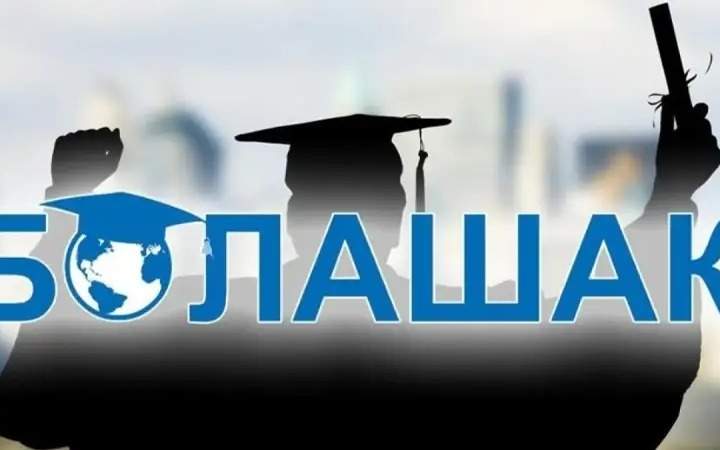New Water Code of Kazakhstan: tariff adjustments, water conservation, modern personnel
The new draft Water Code of Kazakhstan was submitted to the lower chamber of the Kazakh Parliament, Majilis. More about the main peculiarities of the new Water Code elaborated by the Water Resources and Irrigation Ministry in the review of Kazinform News Agency correspondent.

How to save available water reserves
65% of water stocks are used in agriculture. For example, some 14.2 cubic km of water was used on average in 2020-2022. Of which 77% was used for irrigated cropping that covers 1.9 million hectares, and the rest 3.6 cubic km was allocated for pastures, hayfields, and other agricultural lands.
To encourage farmers to use water-saving processes the Agriculture Ministry and the Water Resources and Irrigation Ministry started working on building irrigation systems, increasing subsidies for drip and sprinkler irrigation equipment acquisition expenses from 50% to 80%. This step will contribute to increasing irrigated lands using water-saving technologies up to 1.4 million hectares or 50% by 2030. According to the estimates of the Water Management Research Institute, it will help save some 2.1 cubic km of water and raise efficiency by 1.5-2 times. These measures will create conditions for water resource conservation of up to 10 cubic km by 2030.
Wastewater utilization according to the water treatment technologies standard rates, modernization and construction of new facilities will allow using the potential of wastewater in agriculture and industry. The Industry and Construction, Water Resources and Irrigation, Ecology and Natural Resources, Healthcare Ministries and subordinate organizations will coordinate their actions when the world practices of wastewater utilization and reuse are introduced countrywide.
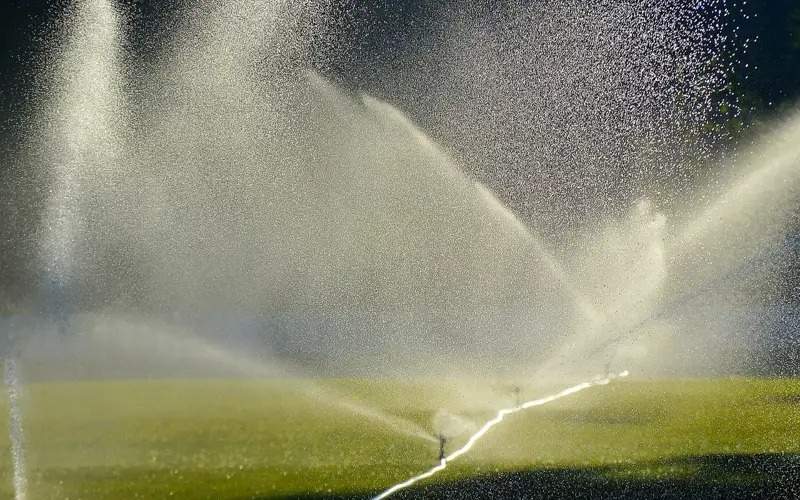
How the transborder water resources issue will be solved
The ministry established transborder water use cooperation with neighboring countries. Under the interstate agreements, the countries hold meetings of joint commissions and working groups for the use of water resources of transborder rivers and their protection. Those attending debate the key issues of transborder river use, and make common decisions.
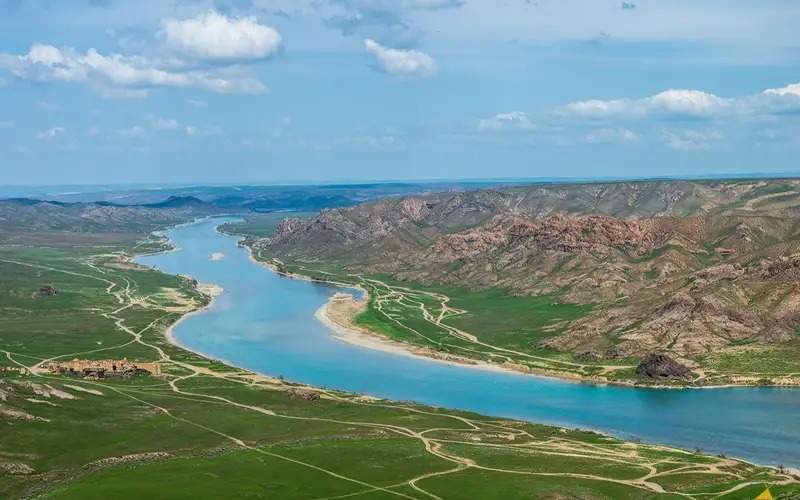
New drinking water tariffs will be imposed
One of the main tasks is to develop a water-saving culture. The Water Resources and Irrigation Ministry took into consideration the best practices of the leading countries. The draft Water Code lays stress on water conservation, water treatment and wastewater reuse. Besides, the draft code provides for imposing peak-period tariffs depending on the potable water consumption volume per capita.
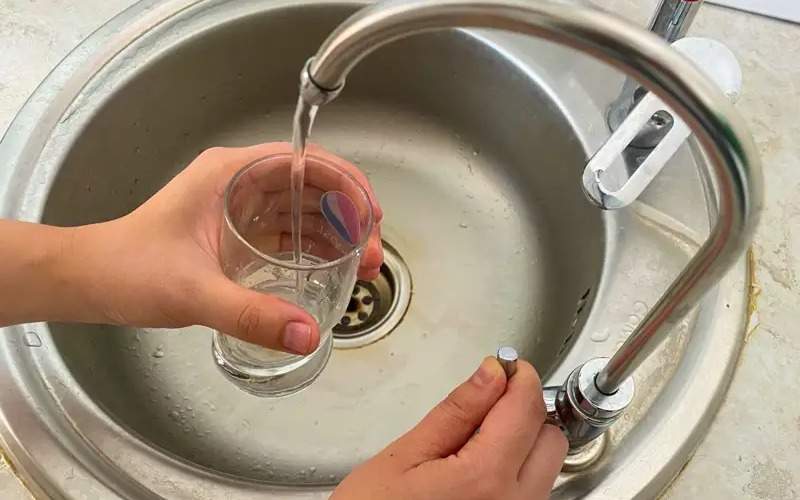
Kazakhstan assumed chairmanship over the International Fund for Saving the Aral Sea
The Kokaral Dam was built in 2008 to save the northern part of the Aral Sea. It provides water under the treaty on the use of water of the River of Syrdariya. Besides, water relations of the countries of the Syrdariya basin are regulated by the Agreement between Kazakhstan, Kyrgyzstan, Tajikistan, Turkmenistan and Uzbekistan on cooperation in the field of joint water resources management and conservation of interstate sources. The Interstate Coordination Water Management Commission was set up under the agreement for the integrated use and protection of water resources of the Syrdariya basin.
This year Kazakhstan assumed chairmanship over the International Fund for Saving the Aral Sea. The Head of State, Kassym-Jomart Tokayev, is elected its chairman until 2026. The fund develops joint interstate ecological and scientific programs and projects, aimed at saving the Aral Sea, improving the environmental situation in the region, and settling common socio-ecological problems. From 3 to 5 cubic km of water flows into the Aral Sea through the Syrdariya River annually preserving the Northern Aral at the level of 42 meters.
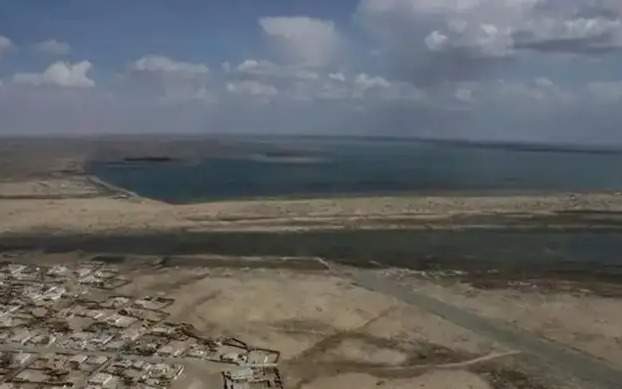
Water sector workforce will be trained under the Bolashak International Program
The wages for the workers in the water sector grew by 25% this year and will be further increased. Currently, 10 educational facilities train specialists for the water sector with 2,500 students studying there so far.
The ministry plans to sign memoranda of cooperation with higher educational facilities to organize on-the-job training for students.
Recently Kazakh Higher Education and Science Minister Saysat Nurbek took part in the joint meeting on the water sector workforce. As stated there, the Kazakh National University drafted a new Water Diplomacy education program. Additionally, new specialties such as Hydrogeology, Water Resources, and Water Security were added to the list of the Bolashak International Program. Since 2024 Kazakhstani students will be enrolled in the said specialties abroad.
Notably, Advisor to the Kazakh President Kanat Bozumbayev told the international water resources forum at Nazarbayev University a new higher educational establishment specialized in water sector problems will be set up in Taraz.
